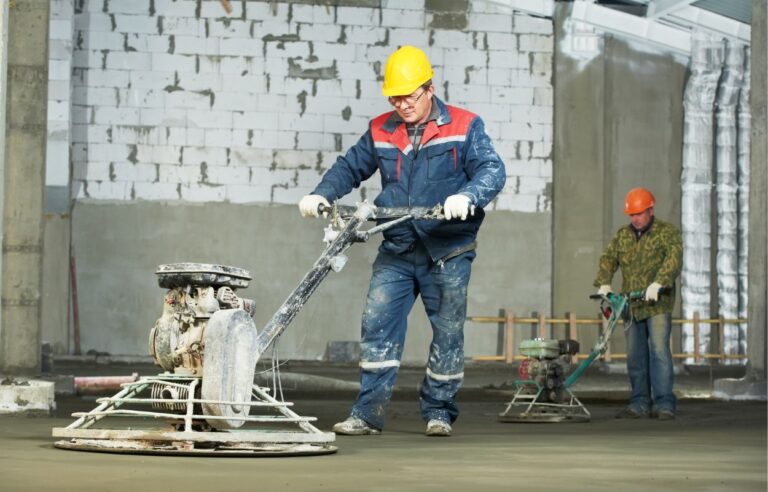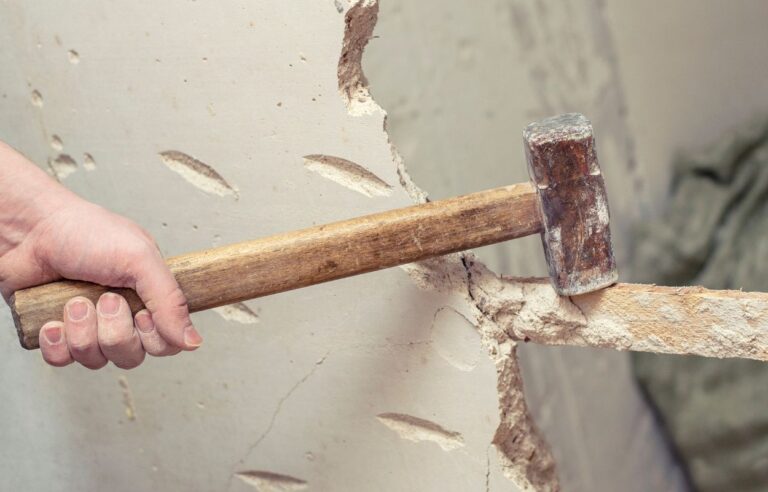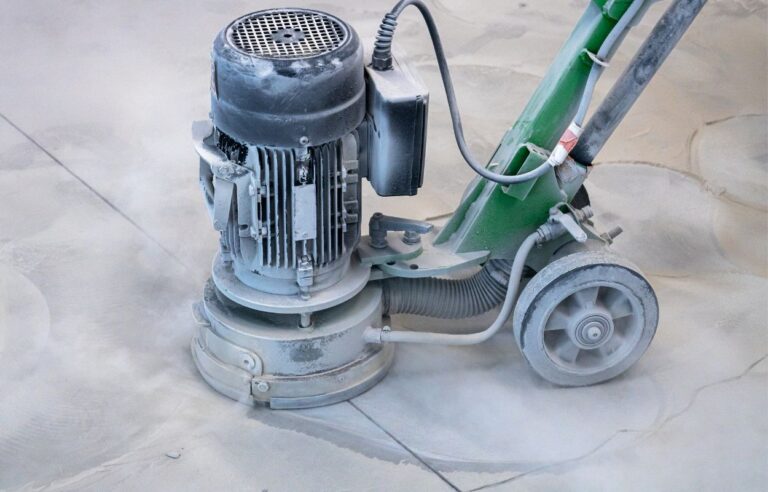TRADITIONAL METHODS GENERATE A LOT OF WASTE
Traditional demolition methods often generate large amounts of waste that can have significant environmental impacts. When a building is demolished, all of the materials used to construct it become waste. Whatever is demolished is very often thrown into a dumpster and taken to the landfill, where it is deposited and left forever. These materials can sometimes contain hazardous substances, such as asbestos and lead, which can have negative impacts on the environment and public health if not disposed of properly.
Additionally, when the demolition waste ends up in landfills, their presence can cause soil and water pollution. Furthermore, as the waste decomposes, it can release harmful chemicals into the environment, leading to long-term environmental damage.
TRADITIONAL METHODS ARE MORE LIKELY TO POLLUTE THE AIR
Traditional methods for demolishing different structures can also contribute to air pollution. The use of heavy machinery and equipment, such as bulldozers and excavators, releases large amounts of dust and debris into the air, which can be harmful to both humans and the environment. There are also emissions associated with the equipment.
Not only that, but the demolition process can even involve the use of explosives, which can release harmful chemicals and particulate matter into the air. These pollutants can cause respiratory problems for nearby residents and contribute to climate change.
TRADITIONAL METHODS ALSO TYPICALLY CAUSE MORE NOISE POLLUTION
Finally, the demolition process is very often quite loud and disruptive, generating high levels of noise pollution. This can have a significant impact on nearby communities, affecting their quality of life and causing stress and other health problems. This is especially true in areas that are considered more residential and are densely populated.
Noise pollution can also have negative impacts on wildlife, disrupting their habitats and causing them to migrate to other areas. This can have long-term ecological effects, leading to changes in the ecosystem that may be difficult to reverse.
In conclusion, traditional demolition methods have significant environmental impacts that can harm both humans and the environment. Waste generation, air pollution, and noise pollution are just a few examples of the negative effects of traditional demolition methods.Fortunately, there are alternative methods available that are more environmentally friendly, such as deconstruction and selective demolition. These methods focus on salvaging and reusing materials, reducing waste, and minimizing the impact on the environment.By adopting these alternative methods, we can help reduce the environmental impacts of demolition and move towards a more sustainable construction industry.





